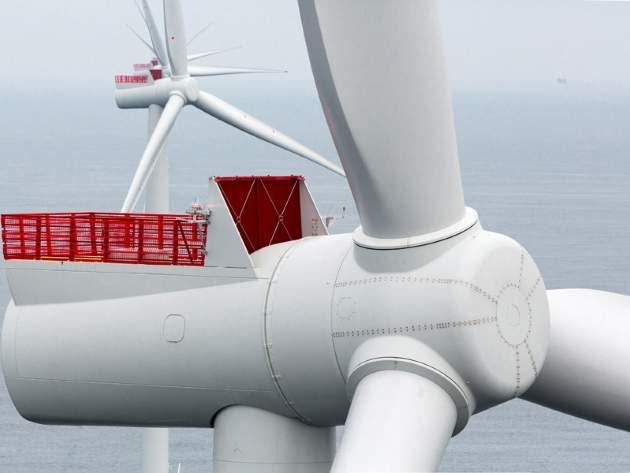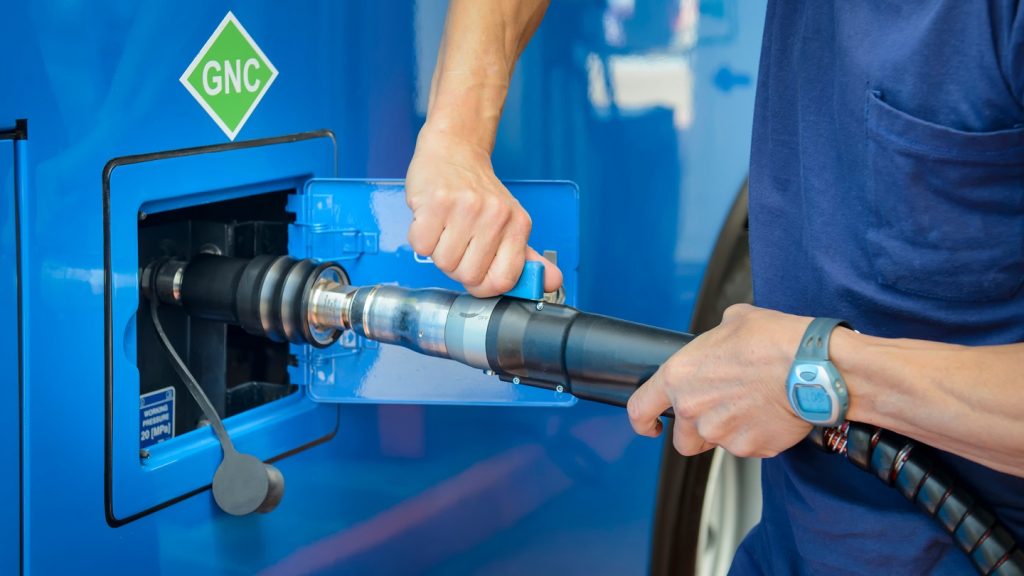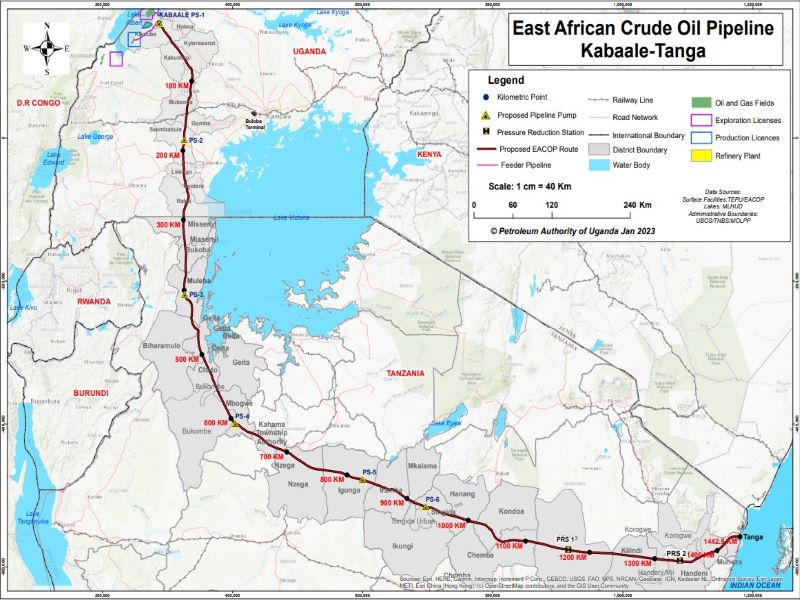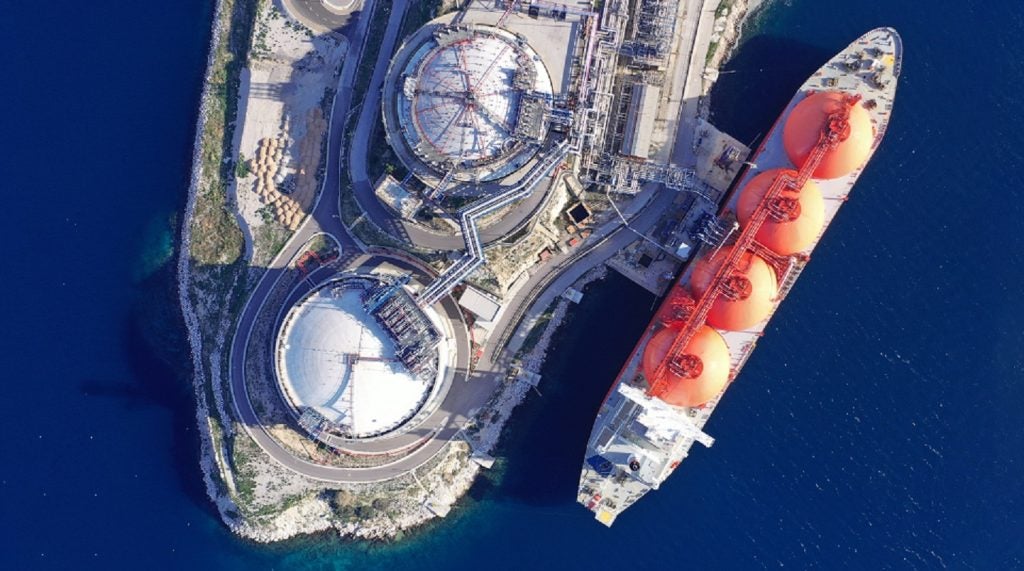

“You should never waste a good crisis,” Statoil CEO Eldar Saetre said during a February press conference in London. “Statoil is emerging from the downturn as a stronger and much more competitive company.”
Saetre, who The Financial Times has described as the ‘reluctant chief executive’, was appointed CEO of Statoil in 2015, the year the oil price fell at its sharpest. To weather the downturn, Saetre embarked on a major cost-cutting exercise; he delayed major projects, reduced the company’s workforce, made efficiency improvements and increased debt.
In December 2016, Statoil offloaded its assets in the capital intensive Canadian Oil Sands. At the time, Bjørn Otto Sverdrup, a senior vice president in charge of sustainability at Statoil, said on Twitter that the move “bends our cost and emission curves… building resilience".
Yet as the firm was cutting and halting its fossil fuel investments, it was also increasing its stake in the renewable energy sector.
How well do you really know your competitors?
Access the most comprehensive Company Profiles on the market, powered by GlobalData. Save hours of research. Gain competitive edge.

Thank you!
Your download email will arrive shortly
Not ready to buy yet? Download a free sample
We are confident about the unique quality of our Company Profiles. However, we want you to make the most beneficial decision for your business, so we offer a free sample that you can download by submitting the below form
By GlobalDataSee Also:
After making its first wind power investment in 2011, in 2015 the company announced plans to build the world’s first floating wind farm, the Hywind pilot park project offshore Peterhead and Aberdeenshire, Scotland.
Statoil’s renewables spree
In February 2016, the company established the $200m Statoil Energy Ventures fund to “complement its oil and gas portfolio with profitable renewable energy and low-carbon solutions,” according to the firm. So far the fund has invested in start-ups such as solar power company Oxford PV and electric vehicle charging company ChargePoint.
Statoil also acquired a 50% stake in the Arkona offshore wind farm in Germany in April the same year. The acquisition increased the total energy production capacity of the offshore wind projects in its portfolio by around 50%.
The company now has six wind power projects, either operating or in the pipeline. Most recently, in December 2016, it won a lease to explore the potential development of an offshore wind farm for New York City and Long Island.
Shell, BP, Total and others have also followed this trend to invest in renewable energy. Last year seven major oil and gas firms, including Statoil and Saudi Arabia’s Saudi Aramco, said they would join forces to create an investment fund for renewables.
Even so, of all the companies, Statoil has used the downturn as an opportunity to diversify its business away from the volatility of the oil and gas sector.
Is that what Saetre meant when he said ‘never waste a good crisis’?
Clean energy agenda
Statoil, whose biggest shareholder at 67% is the Norwegian Government, is targeting another $1bn of cost savings in 2017 and more in 2018 after beating its own target last year by almost a third.
Nevertheless, in February the company surprised the market with well below forecast 2016 fourth-quarter results. Statoil posted a net operating loss of $1.9bn in the quarter, against expectations for a profit of $2.1bn and against a profit of $152m at the same time a year ago. The results were impacted by $2.3bn in net impairment charges mostly due to reduced long-term price assumptions.
The company lowered its long-term oil price outlook for Brent crude to $75 per barrel in 2020, from previous forecasts of $83. It warned that market volatility will continue in the short term, but said it will have cash spare even with oil prices at less than half of what they were in the boom era.
Meanwhile, the price of clean energy technology has fallen. For growth potential it makes sense particularly for Statoil, to venture into the renewables sector, says senior analyst at NRG Expert, Edgar van der Meer.
“[Statoil] is well placed [to invest in renewables] due to its history and where it is located. The Norwegian Government has a commitment to the oil and gas sector but it also has a policy drive to expand into renewable energy,” van der Meer says. “The company is well positioned in the sector to be able to transfer its technological expertise, especially to offshore wind, where some of its drilling technologies may overlap,” he adds.
In 2016, Norway’s parliament passed legislation vowing to make the country carbon-neutral by 2030. It has also said it wants to ban gas-powered cars by 2025.
Statoil has publicly acknowledged that at least 90% of cars sold by 2040 will be hybrid or electric and that renewable energy could account for 40% of world energy output by then.
Security and longevity
However, van der Meer doesn’t believe the company’s interest in renewables is due entirely to government policy and influence, but is part of its efforts to shore itself up for the long-term.
“As oil and gas wells become depleted it will ultimately be costlier for companies to develop the fields,” he explains. “We will see a shift in the share of traditional conventional fossil fuel vs renewables. The company is looking at the wind sector in particular as a growth market if these [oil and gas] commodities become more difficult for the company to extract,” he adds.
As a significant but not major oil and gas company – a Forbes tally of the 25 biggest public oil and gas companies lists Statoil at number eleven – the company is not as well placed to explore capex intensive projects in the most challenging environments in the same way as its competitors such as BP or Shell. Offshore wind projects are an alternative investment for the company to shore up its investment portfolio with assets that have longevity and are less expensive.
“It is a decision now by the company to diversify but also to lay the emphasis and hedge against future competition,” says van der Meer.
Statoil’s fossil fuel portfolio is and will remain strong
There is no sign that Statoil will abandon fossil fuel projects altogether, far from it in fact. At the beginning of the year the company said it would drill around 30 exploration wells, in up to eleven countries on five continents, as operator and partner, in 2017 – an increase of around 30% compared to 2016. More than half of these will be drilled in the Norwegian Continental Shelf, including drilling shallow waters in the Norwegian arctic.
The company will also focus on Brazil, the UK, the US Gulf of Mexico, Indonesia and Suriname, as well as onshore Russia and Turkey.
Saetre himself has stated: “There is no scenario from which you will get away from something [oil and gas] that represents 50% of the world’s energy.”
If it makes good business sense, the company will keep investing in fossil fuels.
However, success from Statoil’s Hywind Scotland pilot project, which is expected to be online in late 2017, could see plenty of new wind power opportunities emerge for the company. The first-of-its-kind project uses floating wind turbines that Statoil started developing in 2009. If the pilot project delivers, the company could replicate it worldwide, resulting in wind power accounting for a much larger slice of its business.








